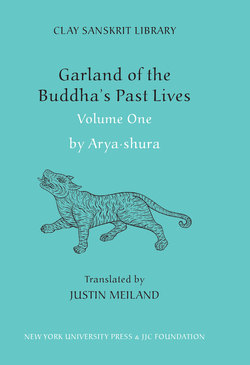Читать книгу Garland of the Buddha’s Past Lives (Volume 1) - Aryashura - Страница 12
На сайте Литреса книга снята с продажи.
Оглавлениеvaka, “hearer”), whereas a pratyeka/buddha becomes awakened by himself without hearing the teaching of a Buddha. A perfectly-awakened Buddha also realizes nirvana by himself. However, his level of wisdom and morality is greater than that of an arhat or pratyeka/buddha. Not only does he cultivate, to a supreme level and over countless eons, a group of virtues called the “perfections” (paramita), he also establishes a teaching (sasana) and a monastic following (samgha) in his determination to save the world from the suffering of continuous rebirth. All Indian Buddhist traditions agree in judging the path to perfect Buddhahood as the highest. Mahayana Buddhism differs only in that it demands an exclusive adherence to this most difficult of spiritual paths.
A person who vows to become a perfectly awakened Buddha is called a Bodhi·sattva (“Awakening Being”).3 It is therefore a prerequisite of any jataka story to identify one of its characters as the Bodhi·sattva figure, who is usually, but not always, the protagonist. In the “Garland of the Buddha’s Past Lives,” the Bodhi·sattva is always born as a male and often in an eminent form of rebirth, with well-developed mental and physical qualities. A cursory survey reveals that in thirteen of the thirty-four stories in the “Garland of the Buddha’s Past Lives” the Bodhi·sattva is born as royalty; in five stories he is born as a brahmin; in three stories he is born as a god; in nine stories he is, or becomes, an ascetic; and in eleven stories he is born as an animal.4
According to the exegetical literature, every jataka story is supposed to reflect the Bodhi·sattva’s cultivation of a particular perfection (with the total number of perfections ________
